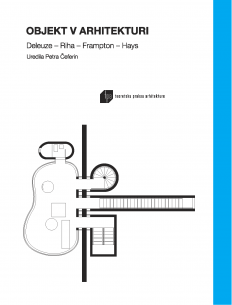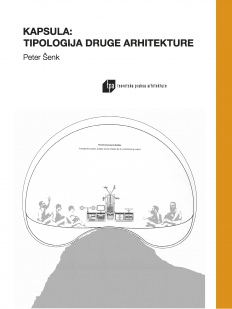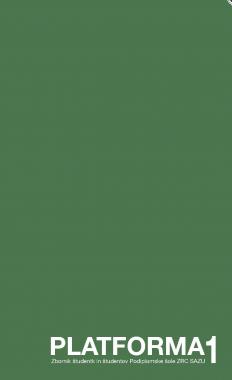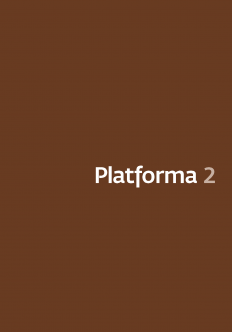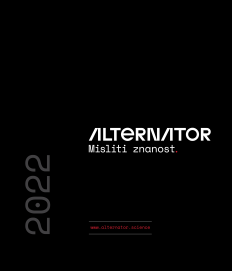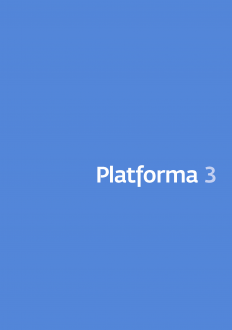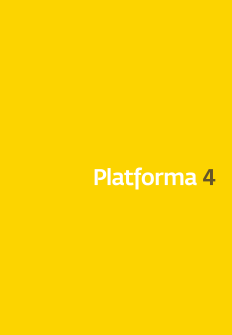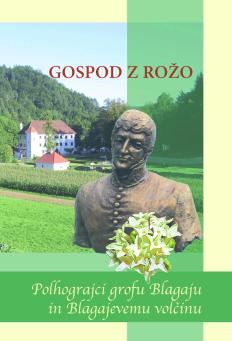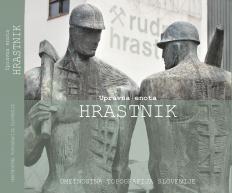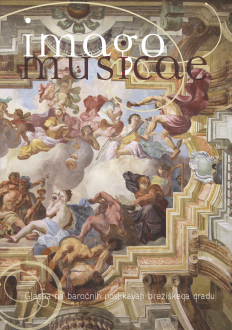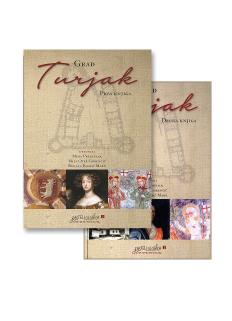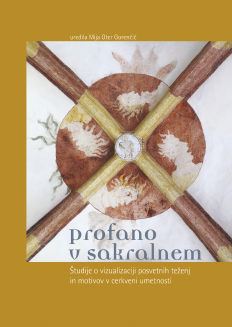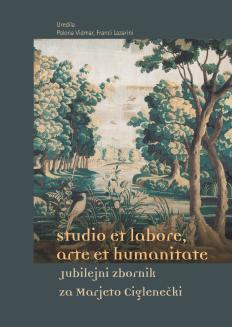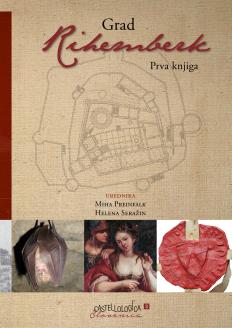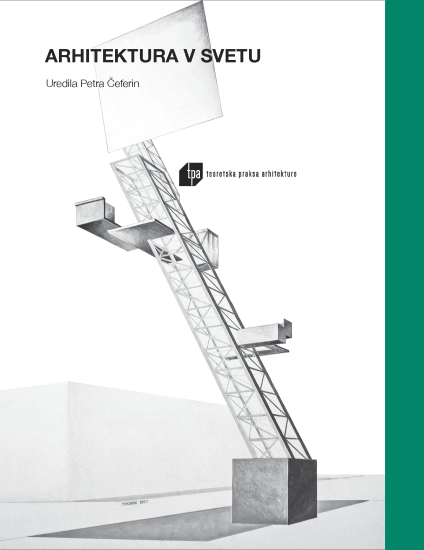
The book Arhitektura v svetu ('Architecture in the World') examines the possibility of developing architecture as one of the practices that are able to operate in the world in such a way as to open it up, to reveal it in its constitutive openness; that is, in that dimension that every regime tries to conceal, including the current regime of contemporary capitalism. This practice of architecture is what in the book is referred to as "architecture in the world.”
This is a practice of architecture that establishes itself and appears in the world by simultaneously building the world and transforming it, reconstructing it. It consitututes itself in the world together with the world it constitutes. The contributions in the book focus not only on architecture but on other fields of thought as well, including art, philosophy and politics. They are, however, linked by a common problem: the problem of outlining the possibility of a way of thinking and acting in the world that at the same time constitutes a reconstructing of the given world.
Jacques Ranciere and Mark Foster Gage discuss the connections between politics and aesthetics in relation to architecture. Rado Riha examines contemporary art through Kant’s concept of reflective power of judgment. Collection's editor, Petra Čeferin, discusses Plečnik’s architectural constructions of public space as a possible source of support for intellectual emancipation. The book concludes with a text by Alain Badiou in which he responds to the question: To be happy, must we change the world?
paperback 14 × 20 cm 112 pages
Keywords
architectural theory | collective volume